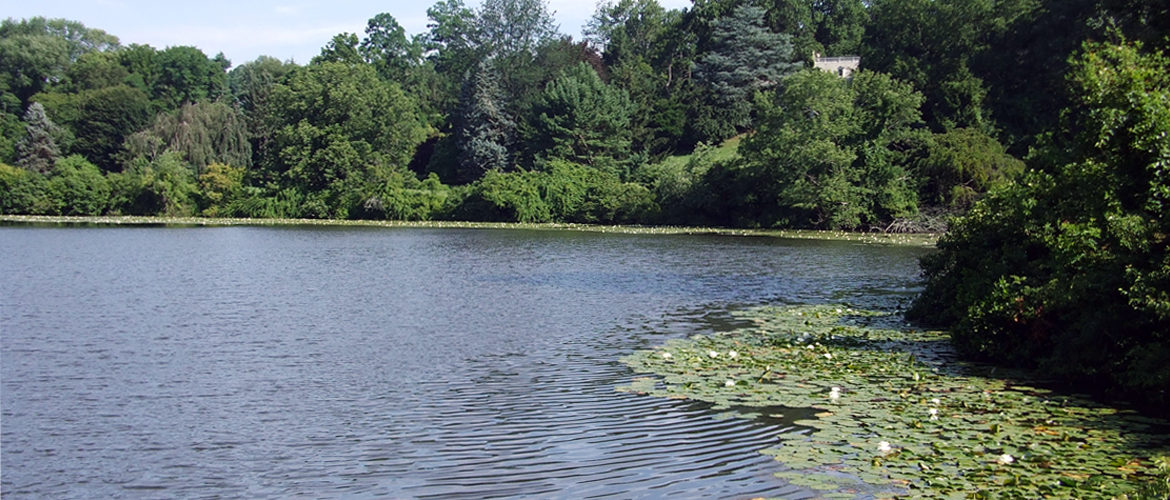Welkinweir is a living laboratory for the study of ecological issues, sustainability, and land stewardship.
Learn more about the research initiatives underway at Welkinweir.
Citizen Science
Every day, observations of birds, amphibians, plants and more by community members are contributing to vital research on the natural world. Browse the galleries below to see creatures that have been observed at Welkinweir!

